Are you ready to unlock your best smile yet? The journey to dental perfection has never been more accessible, thanks to clear aligners! These virtually invisible orthodontic wonders are transforming smiles around the globe—but achieving that flawless finish requires a little TLC. Whether you’re just starting your aligner adventure or looking for tips to enhance your care routine, this beginner’s guide is here to help you navigate the path toward dental brilliance. Get ready to dive into essential maintenance hacks and expert advice to keep your aligners in top shape while ensuring every step brings you closer to the radiant smile of your dreams.
Clean Your Aligners Daily
Let’s start with the basics—cleaning your aligners daily is a must. Just like you wouldn’t skip brushing your teeth, you shouldn’t skip cleaning your aligners. They can easily collect bacteria, plaque, and food particles throughout the day, which is not only bad for your teeth but can also cause your aligners to smell funky. To clean your aligners, use a soft-bristle toothbrush and lukewarm water. Avoid using toothpaste as it can be too abrasive and scratch the surface of the aligners. You can use specialized cleaning crystals or tablets to soak them in for an extra deep clean, which is especially helpful for keeping them clear and fresh.
Avoid Hot Water and Staining Foods
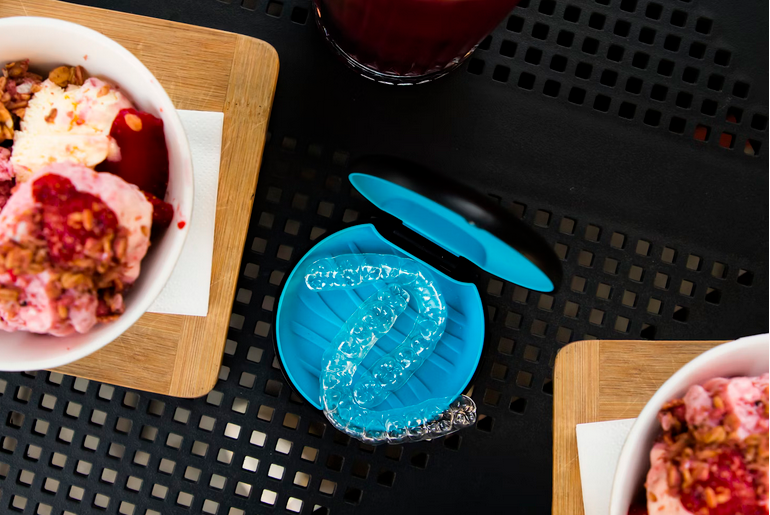
Your aligners are made from plastic; while they’re sturdy, they’re not invincible. Exposing them to hot water can warp the material, ruining the fit and affecting your treatment progress. Stick to lukewarm or cold water when cleaning or rinsing them. Another thing to watch out for is staining foods and drinks. Dark liquids like coffee, tea, red wine, and soda can stain your aligners, making them less invisible. Removing your aligners whenever you eat or drink anything other than water is a good idea. After meals, be sure to brush your teeth before popping them back in to avoid trapping food particles between your teeth and the aligners.
Wear Them as Prescribed
One of the best perks of clear aligners is the flexibility to take them out, but don’t take too much advantage of that freedom. For your treatment to work as planned, you must wear your aligners for the recommended 20 to 22 hours daily. Skipping out on wearing them can extend your treatment time or cause setbacks in your progress. It might be tempting to leave them out for long periods during social events or meals but remember—the more consistent you are, the faster you’ll see results. So, try to stick to the schedule and only take them out when necessary.
Store Your Aligners Safely
When your aligners are not in your mouth, they should always be safely stored in their case. This is what this dentist East Finchley always firmly suggests. It’s easy to accidentally misplace or damage them if you leave them lying around on a napkin or countertop. And trust me, you don’t want to deal with the hassle of losing a set of aligners. Always keeping the case with you is the best way to protect them. Most services recommend using a case designed to keep your aligners safe. It would help to clean the case regularly to prevent bacteria from growing inside and contaminating your aligners.
Practice Good Oral Hygiene
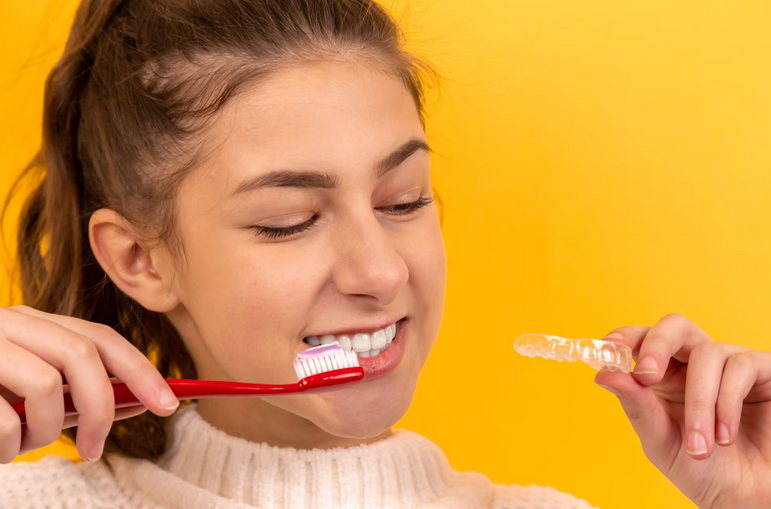
Your aligners might be doing the heavy lifting when it comes to straightening your teeth, but that doesn’t mean you can slack on your oral hygiene. Keeping your teeth clean when wearing aligners is more critical than ever. Plaque and bacteria can build up quickly, leading to bad breath and even tooth decay. Make sure to brush and floss regularly, especially after meals. This prevents food particles from getting stuck between your teeth and aligners, keeping your mouth fresh and healthy. If you’re out and about and don’t have access to a toothbrush, at least rinse your mouth with water before putting your aligners back in.
Switch Aligners on Time
Your orthodontist will give you a schedule for when to switch to your next set of aligners, and it’s crucial to stick to that timeline. Switching too soon can interfere with your treatment while switching too late can slow your progress. Set reminders on your phone or calendar to help you stay on track.
Check for Damage
Lastly, always check your aligners for any signs of damage, such as cracks or warping. If you notice anything unusual, contact your orthodontist right away. Continuing to wear damaged aligners could affect your treatment and your teeth, so it’s better to get a replacement sooner rather than later.
Caring for your clear aligners is a small effort with big rewards. By keeping them clean, storing them properly, and wearing them consistently, you’ll ensure that your treatment goes smoothly and that you achieve the stunning smile you’ve been working toward. Follow these simple tips, and you’ll be well on your way to easily maintaining your aligners and dental health.


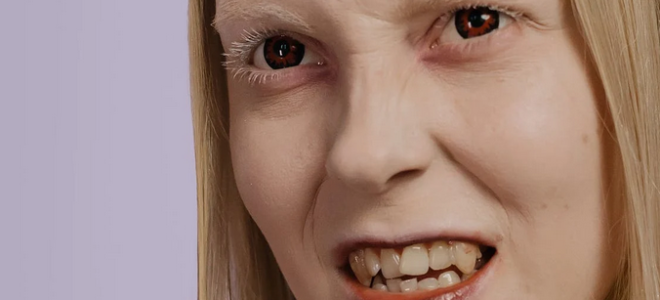
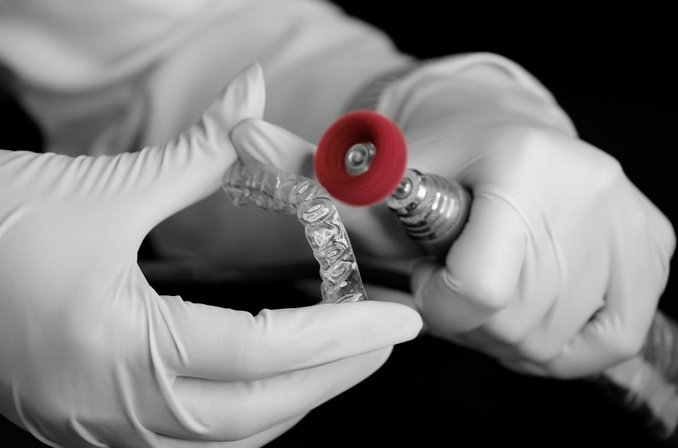


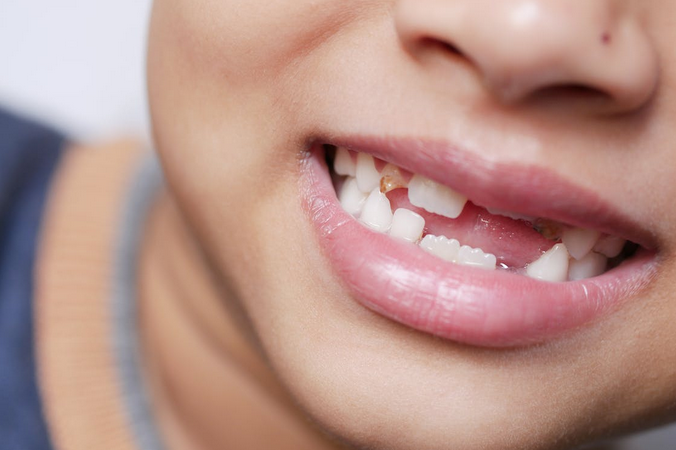
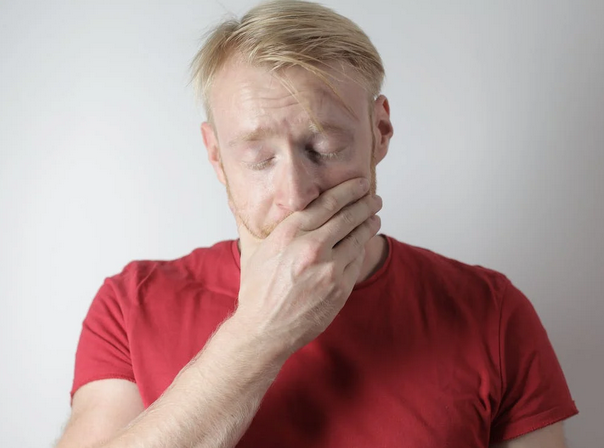
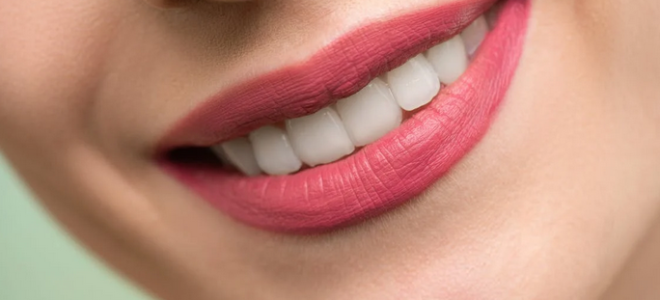

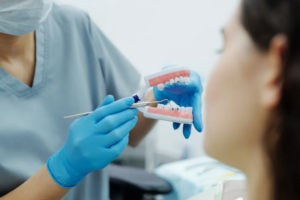 When fixing crooked
When fixing crooked